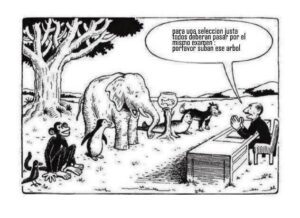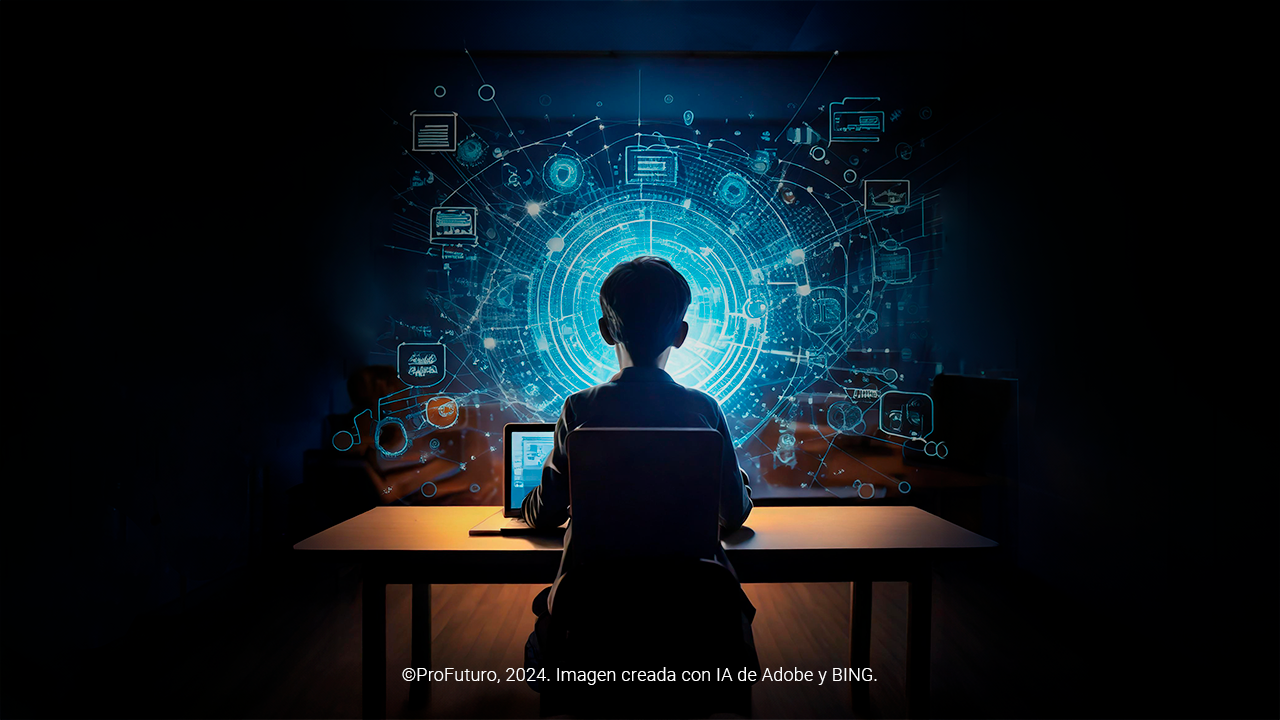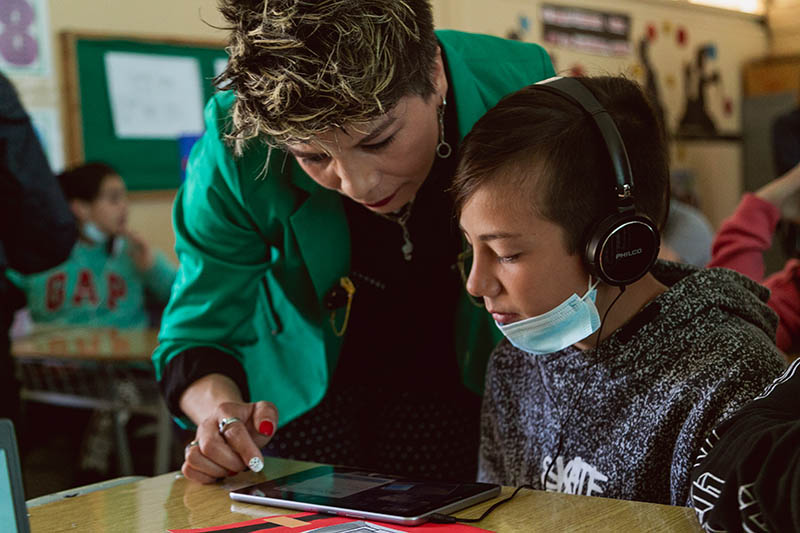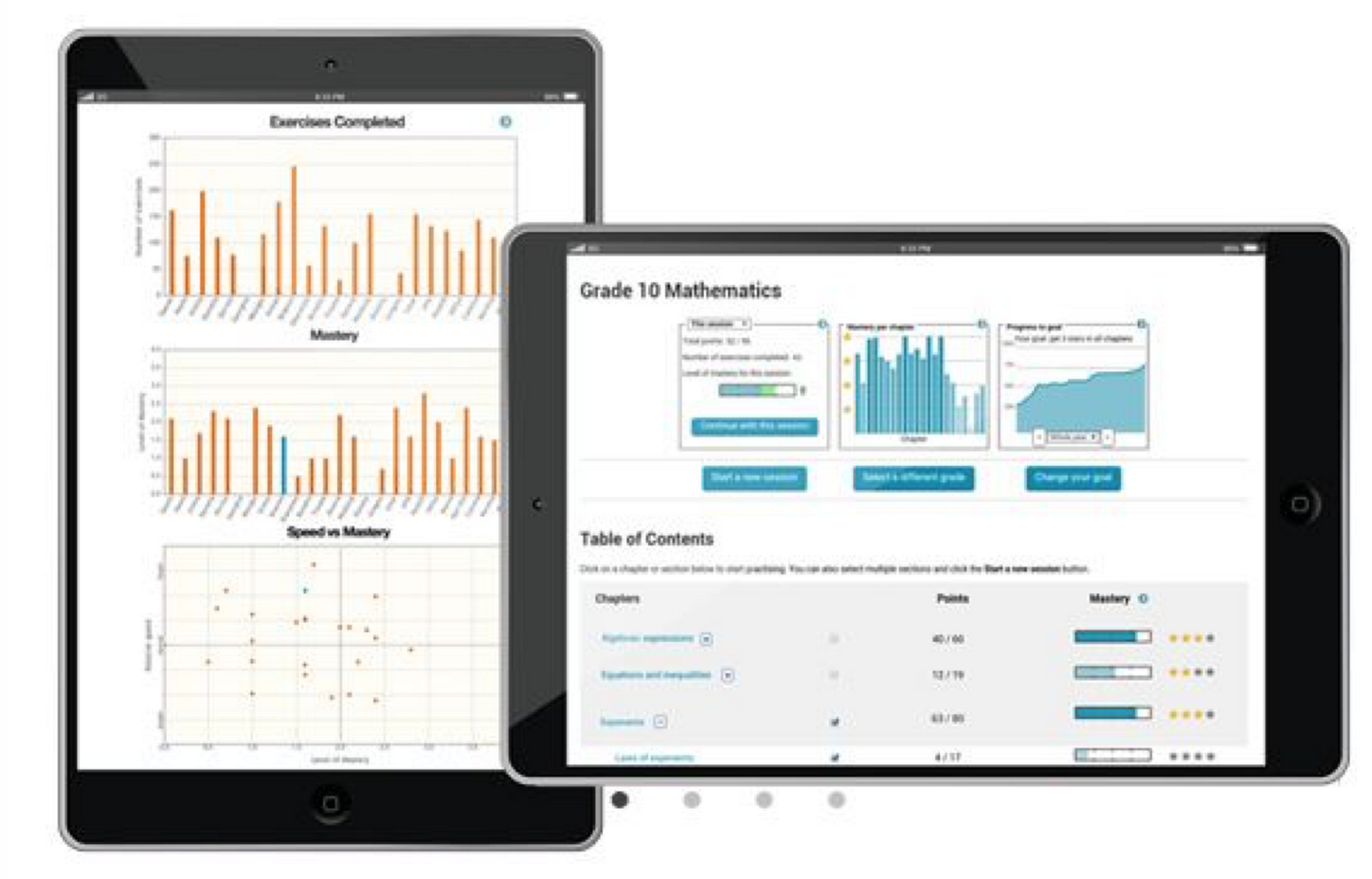Personalised learning is not, by any means, a novel concept. Socrates used it over 20 centuries ago, and Rousseau theorised about it in one of his most influential works, Emile, or On Education. From the Greek philosopher to Isaac Asimov, personalised learning has been a longstanding aspiration of great minds throughout history. Today, with technological advancements, learning personalisation has made significant strides: intelligent tutoring, digital learning platforms, or applications that use artificial intelligence and big data to tailor content complexity to individual users’ needs.

This evolution has brought the universalisation of personalised learning closer to reality than ever. Furthermore, PDL could serve as a powerful driver of change in vulnerable environments, where resource scarcity and educational inequality present major societal challenges. Nonetheless, its implementation poses obstacles in terms of infrastructure, funding, teacher training, and long-term sustainability.
In this article, we examine the opportunities PDL offers to improve educational systems in vulnerable contexts, while also analysing the barriers implementers and teachers encounter. Drawing on EdTech Hub’s report, How Can Implementers Apply Digital Personalised Learning in Schools?, we will also review case studies from countries like Kenya and Malawi, which serve as references for overcoming challenges in vulnerable contexts.
PDL as a Driver of Change in Low-Resource Settings
Personalised digital learning is an approach that leverages technological tools to adapt education to the characteristics and needs of each student, allowing them to progress at their own pace and develop in specific areas based on their level of competence. This adaptation can cater to their prior skills and knowledge, areas of interest, or learning pace, and is particularly useful in contexts where traditional education systems struggle to adequately address classroom diversity.
This learning approach differs from traditional models, where all students receive the same content simultaneously and in the same way, regardless of their abilities. Conversely, PDL allows students to advance at their own level, fostering a more efficient and motivating educational experience.
PDL could be the answer to one of the biggest educational challenges in vulnerable environments: addressing diversity in classrooms, where students commonly display varying levels of ability due to multiple factors, such as limited access to quality early education, lack of educational resources, and insufficiently trained teaching staff. These disparities are exacerbated in rural and marginalised areas, where students have even less access to educational resources. Additionally, PDL benefits high-performing students by providing content that intellectually challenges them, thus reducing dropout rates and increasing motivation, helping to build an inclusive education system that genuinely adapts to each individual.
Digital Personalised Learning has the potential to revolutionise education in low-income contexts, providing quality education that respects each pupil’s pace and needs.
Four Keys for Effective PDL Implementation
The EdTech Hub report highlights four essential aspects for implementing PDL in schools in vulnerable environments. These factors not only underscore the potential of PDL but also identify areas where implementers and educational policymakers should focus their efforts.
Personalisation as a Cornerstone of Success
Personalisation is the fundamental pillar of PDL. This feature allows students to be taught “at the right level” according to their current skills and needs. The “Teaching at the Right Level” (TARL) approach has proven to be highly effective, enabling students to progress at their own pace rather than forcing them to follow a general class rhythm. Various studies conducted in low-resource settings (Escueta, Quan, Nickow, and Oreopoulos, 2020; Piper, Zuilkowski, and Jepkemei, 2018; and Muralidharan, Singh, and Ganimian, 2019) show that digital tools that allow content to be adjusted to the student’s current competency positively impact their results.
Complementation and Alignment with Traditional Teaching
The goal of PDL is not to replace teachers but to complement and enhance classroom teaching. Most often, PDL tools are used as a supplement, allowing students to interact with digital content outside school hours or at specific times, thus freeing up time for teachers to focus on direct teaching of other aspects. However, PDL has proven more effective when aligned with the school curriculum. For instance, in Kenya, the Oppia software enables students to work on Mathematics and Science after classes, reinforcing classroom learning and enhancing performance in these subjects. Teachers play a crucial role in guiding students in using digital tools and adapting content to meet each student’s needs.
Infrastructure as a Fundamental Requirement
Infrastructure is one of the primary challenges for implementing PDL in these environments. Although some tools function offline, many require Internet connectivity, mobile devices or tablets, and access to electricity, which limits their application in rural areas. It is estimated that in many low-income countries, over 50% of the population lacks regular access to the Internet, limiting the reach of personalised digital education.
Inclusion and Equity in PDL Access
PDL has shown its potential to bridge learning gaps between marginalised students and those with better access to educational resources. In Kenya, for example, the Oppia programme has demonstrated that personalised learning can improve outcomes for students facing greater educational barriers. PDL is also particularly helpful for students with learning difficulties, as it adapts content to their pace, avoiding the frustration that may arise from not keeping up with the class.
The Role of Teachers in PDL Success
One of the most significant findings from the report is the relevance of the teacher’s role in PDL implementation. Teachers, far from merely supervising, are essential actors in its application and success. In many contexts, teachers are involved in adapting and designing programmes, facilitating more effective integration in the classroom.
In the Dominican Republic, for example, the use of the ALEKS software as part of a World Bank programme demonstrated that teachers’ roles were critical to the project’s success. Teachers not only monitored students’ progress but also adapted content and methodology to the specific needs of each group. This type of collaboration ensures that digital personalised learning programmes are effective and that teachers feel an integral part of technological innovation in their classrooms.
Sustainability and Scalability: A Multi-Dimensional Challenge
PDL is not a short-term solution. Its long-term success depends on implementing sustainable and scalable strategies that respond to local needs and involve all educational stakeholders, including government, community leaders, and international organisations.
For personalised digital learning to become a sustainable solution, it is essential to have public policy support that promotes investment in educational technology and continuous teacher training. The EdTech Hub report highlights how involving governments and community leaders from the outset can facilitate obtaining funds and social acceptance for these initiatives. Additionally, collaboration with international organisations allows access to additional resources and specialised knowledge in technology implementation and inclusive education.
The Importance of Cultural and Contextual Adaptation of PDL
Another critical aspect noted in the report is the need to adapt PDL to the cultural and social context of each community. Tools and content must be relevant and appropriate for students from diverse backgrounds, which includes not only translating materials into local languages but also adapting topics and examples to students’ everyday realities.
Innovation and Collaboration to Tackle PDL Challenges in Vulnerable Contexts
The successful implementation of PDL in vulnerable contexts largely depends on innovation and collaboration at all stages. The EdTech Hub report suggests several key strategies:
- Developing Multi-Sectoral Partnerships: Collaborating with the private sector, NGOs, and international agencies helps to access resources and technical expertise.
- Promoting Continuous Teacher Training: Investing in teacher training and capacitating them to integrate PDL into their pedagogical practices effectively is crucial.
- Incorporating Innovative Financing Models: Funding alternatives such as social impact bonds, public-private partnerships, and educational microcredits can provide additional funds to cover the technological and infrastructure needs of PDL, especially in rural and marginalised areas.
- Creating Experience Exchange Networks: Establishing learning communities among teachers and administrators facilitates sharing best practices and lessons learned, enabling the continuous adaptation and improvement of personalised digital learning.
Towards a Future of Accessible Personalised Education
Digital personalised learning has the potential to revolutionise education in low-income contexts, providing quality education that respects each pupil’s pace and needs. However, its successful implementation depends on overcoming logistical, economic, and cultural challenges and the sustained commitment of all stakeholders involved.
The EdTech Hub report shows that, while the path is complex, viable solutions exist to make PDL a sustainable and scalable reality. From resource optimisation to teacher training and cultural adaptation, each aspect requires careful planning and an inclusive approach to close educational gaps and provide every child with a real opportunity for development.
In this way, digital personalised learning will go beyond merely being a technological innovation to become a tool for social change, transforming learning opportunities for millions of students around the world.






